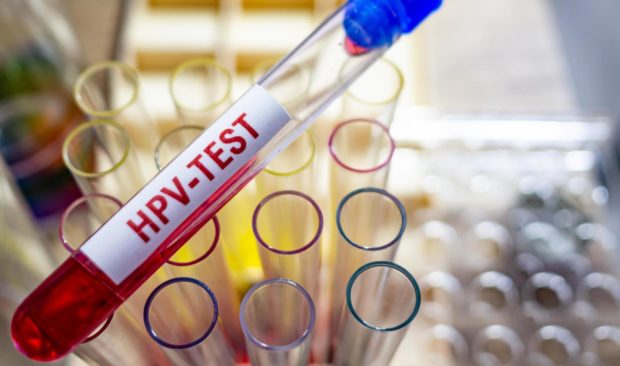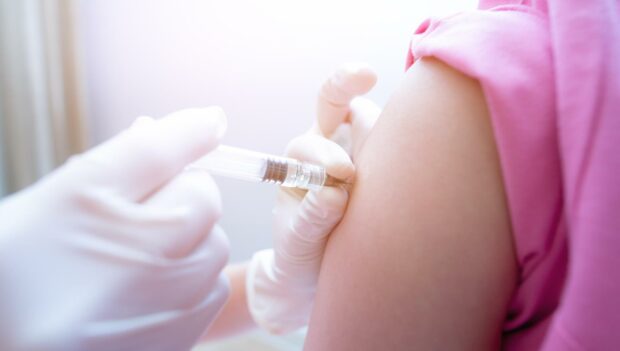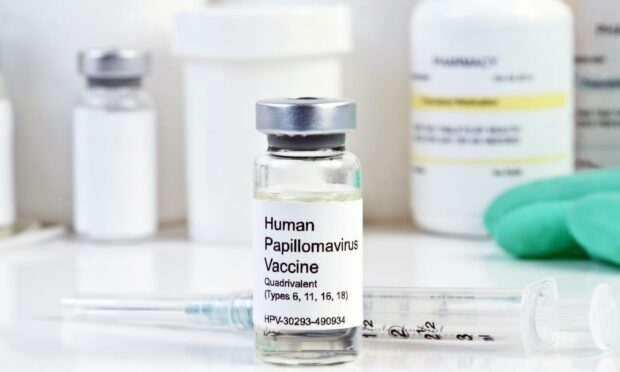Did you know that 80% of us will contract the human papillomavirus (HPV) virus at some point in our lifetime?
According to Jo’s Cervical Cancer Trust, about 8 in 10 men and women will get HPV at some point in their life.
If you have ever had any kind of sexual contact, you may have HPV.
There are over 200 types, each with its own number – however, 13 HPV types are linked to cancer.
Professor Maggie Cruickshank, who teaches gynaecology at Aberdeen University and researches HPV, cervical and vulva disorders, has emphasised that most people might have had the virus without even knowing about it.
How common is HPV?
The human papillomavirus is a common virus that’s passed on through skin-to-skin contact.
It infects the skin and any moist membrane such as the cervix, the lining of the mouth and throat and the vagina, vulva and anus.
There are more than 200 types of HPV, and about 13 of those are linked to the risk of developing cervical cancer.
Prof Cruickshank said: “HPV is a very common infection.
“We know that most people will have an HPV infection.
“So, your lifetime risk is up to 80% that you have an HPV infection – that in itself is pretty common.

“It’s a bit like chickenpox. You think it’s a bit odd if someone’s never had chickenpox.”
Most people’s immune system will clear the infection, but for other high-risk types of infections people, there is a risk it can develop into cancer.
This is why it is important to keep vaccinating against high-risk HPV, most importantly HPV 16 that is the one most likely to cause cancer.
So, is HPV an STI?
HPV can be passed on through sexual contact, but not just through penetrative intercourse since it lives on the skin in and around the genital region.
While it is usually sexually transmitted, it can also be passed on via any skin-to-skin contact in the genital and oral areas.
Prof Cruickshank said she doesn’t consider it to be an STI, but emphasised it does involve any close, intimate contact of skin.
She is concerned that by calling it an STI, that it stigmatises a virus about 80% of us will have contracted at some point in our lives.
“The chances are that we’ve all had it, just we didn’t know about it,” she added.
“If it was an STI you would be needing to screen people for other STIs and contact trace.
“People also worry that they’ve just acquired it, but most people will pick it up sometime in their teens or early 20s.
“That stigma is really unfortunate.”
HPV has no symptoms, which means that many people may have had it without knowing.
Can I still get the vaccine if I’m older than 25?
At the moment, the vaccine is not licenced for those over the age of 25.
Prof Cruickshank said if you’re over 25, the important step to take is to keep attending your cervical screening which also screens for HPV.

She said: “The younger you are when you get it, the more likely you will get protection because you’re less likely to start having sex, which is the most common way to acquire HPV.
“It’s any close, intimate contact and often that’s sex.
“The girls who got vaccinated when they were 16 and 17 are more likely to already have been sexually active, whereas the 12-year-olds are far less likely.”
According to Prof Cruickshank, under the age of 15, your immune system works much more effectively.
As you get older, the risk you will already have an HPV infection is higher, and how well you will produce an immune response to prevent you from acquiring an HPV infection.
More health news…
‘Very real problems nobody is addressing’: North-east woman’s call for PCOS action
Cervical cancer charity aims to break stigma surrounding HPV

